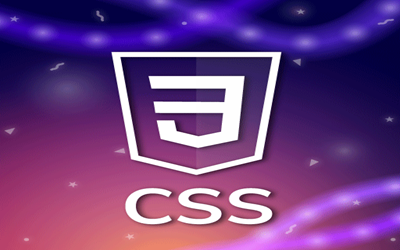UI/UX Design
UI/UX design is all about creating websites and apps that are both easy to use and enjoyable to look at. Imagine it like designing a building: UX (User Experience) is like the architect, figuring out the layout, flow, and functionality to make sure people can get around easily and find what they need. UI (User Interface) is like the interior decorator, making sure everything looks good and feels inviting, with clear buttons, menus, and attractive visuals. This course will give you the basics of both sides of UI/UX design, so you can start creating digital products that people love!
English
Last updated
Sat, 25-May-2024










